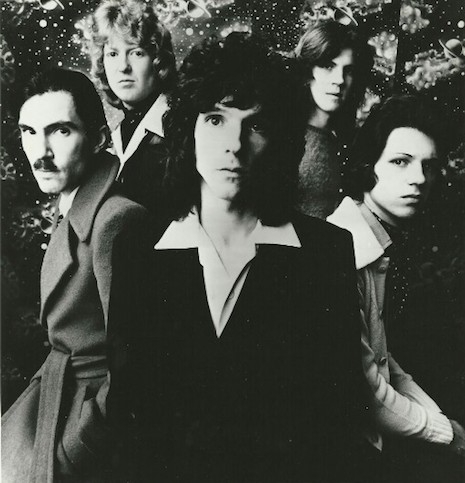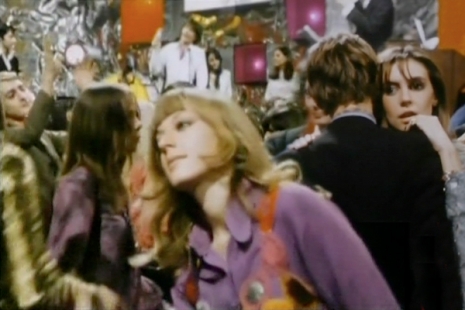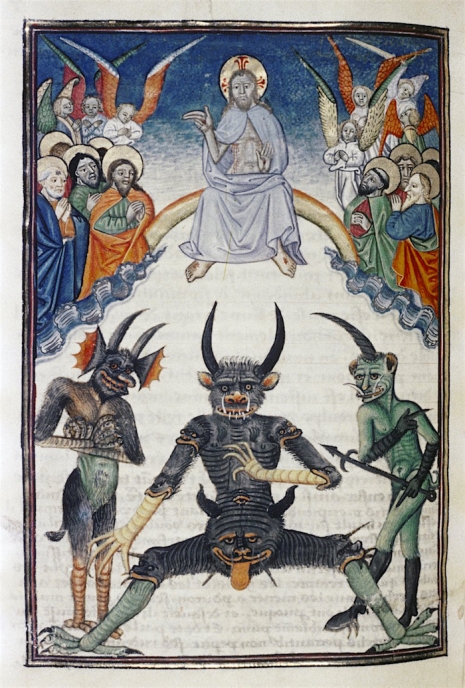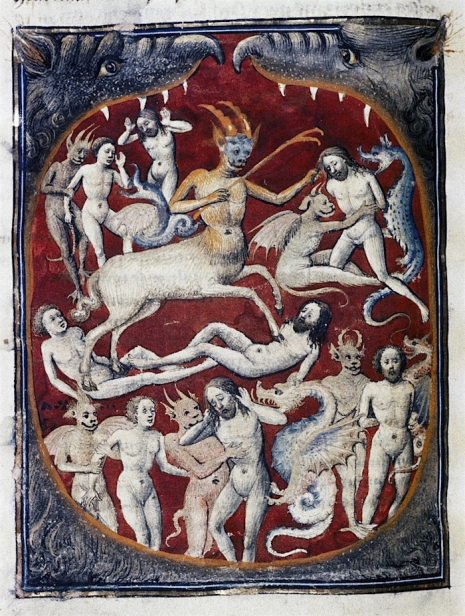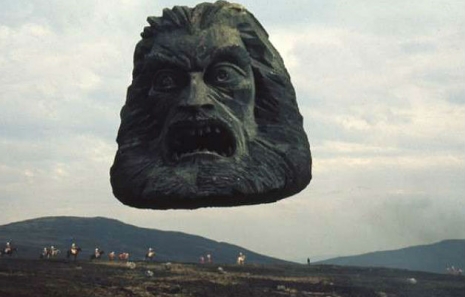
As we churn into the bracing new era of Trump and Brexit, one of the big themes to look out for is automated process replacing jobs that used to be done by humans. This has already begun, of course, but it looks like the next few years are going to be pivotal ones in the coming of a future leisure-oriented paradise or our inevitable domination under the control of Skynet, depending on how you look at it.
It is also becoming clear that Amazon is going to be a major driver of these processes. Amazon is known to be aggressive about narrowing the time gap between product order and product delivery, including mechanisms such as drones delivering products directly to Amazon Prime users’ doors.
In line with that, Amazon has been awarded a patent for warehouses that float in the sky (as “dirigibles”) and dispense unmanned drones carrying items directly to users. This is simultaneously a great development for Amazon’s many users, who will soon be able to expect instant gratification of its materialistic desires, and an ominous portent of a world without employment for many of its human beings.
As Arjun Kharpal of CNBC phrased it, the patent is for “a giant flying warehouse that acts as a launchpad for drones to deliver items within minutes.” The warehouses could potentially hover at an altitude of 42,000 feet (this is similar to the altitude that planes usually fly), although they could also be positioned much lower, under certain circumstances.

The patent filing was awarded in April of this year but only circulated recently. Just a couple of weeks ago Amazon successfully completed its first delivery by drone to a paying customer in the U.K.
U.S. Patent 9,305,280 bears the title “Airborne Fulfillment Center Utilizing Unmanned Aerial Vehicles for Item Delivery.” In it a process is described of floating warehouses in the sky, called “aerial fulfillment centers” or AFCs, dispensing potentially many thousands of delivery drones, or “unmanned aerial vehicles” (UAVs), to its users. That Amazon’s depiction of this system involves blimps, zeppelins, or dirigibles, however you wish to call them, may bring to mind certain texts or utterances of Jules Verne or C. Montgomery Burns.
Amazon’s patent aggressively imagines a world in which “items may be delivered within minutes of placing an order,” thus providing (in a phrase Amazon uses un-ironically that is also pretty much the bumper-sticker summation of capitalism writ large) “near instant gratification.” The ability to have warehouses floating around in the sky would also expand Amazon’s ability to deliver “perishable items or even prepared meals.” In other words, Amazon is positioning itself to be in direct competition with Domino’s and Uber Eats.
The background section of the patent describes our current system of retail delivery, using the soon-to-be-archaic method of a “human controlled truck, bicycle, cart, etc.” delivering items from a “ground-based building,” culminating in a familiar scene in which “a human may hand the item to a recipient, place the item on the user’s porch, store the item in a post office box, etc.” It is rather chilling and (almost?) hilarious how easy it is to make our everyday lives sound like a bizarre scene out of sci-fi novel.

“An unmanned aerial vehicle delivery process that utilizes an airborne fulfillment center”
Later on, the patent continues: “An airship, or dirigible, is a type of aerostat or lighter-than-air aircraft which can navigate through the air under its own power. ... An AFC may be positioned at an altitude above a metropolitan area and be designed to maintain an inventory of items that may be purchased by a user and delivered to the user by a UAV that is deployed from the AFC.”
A few paragraphs later, the patent gets positively feverish about the many benefits the system of airborne warehouses will provide:
The use of an AFC and shuttles ... provides [a] benefit in that the AFC can remain airborne for extended periods of time. In addition, because the AFC is airborne, it is not limited to a fixed location like a traditional ground based materials handling facility. In contrast, it can navigate to different areas depending on a variety of factors, such as weather, expected demand, and/or actual demand.
An AFC may navigate to an area based on various positioning factors. For example, a temporal event (e.g., a football game) may be expected to produce a demand for certain types of items (e.g., sporting paraphernalia, food products, etc.). In advance of the event, the items may be delivered to the AFC in a quantity sufficient to satisfy the expected demand and the AFC may navigate to a position such that the UAVs deployed from the AFC can safely navigate to the location of the event and deliver the items, thereby satisfying the demand. In some implementations, the AFC may navigate to a lower altitude and provide advertising for the temporal event or for other occasions (e.g., product announcements, product releases, sales).
It was widely reported earlier this year that the advent of automated trucking (obviously, a related industry) could easily result in the disappearance of millions of U.S. jobs in a relatively short time. (Truck driver is the #1 occupation in all 50 states.) As a society we are still happy to demonize government “handouts” to the jobless, and we just are not prepared for this shit. It seems inevitable that some form of universal basic income will be necessary sooner than anyone is expecting.
More after the jump…
Posted by Martin Schneider
|
12.29.2016
09:18 am
|









